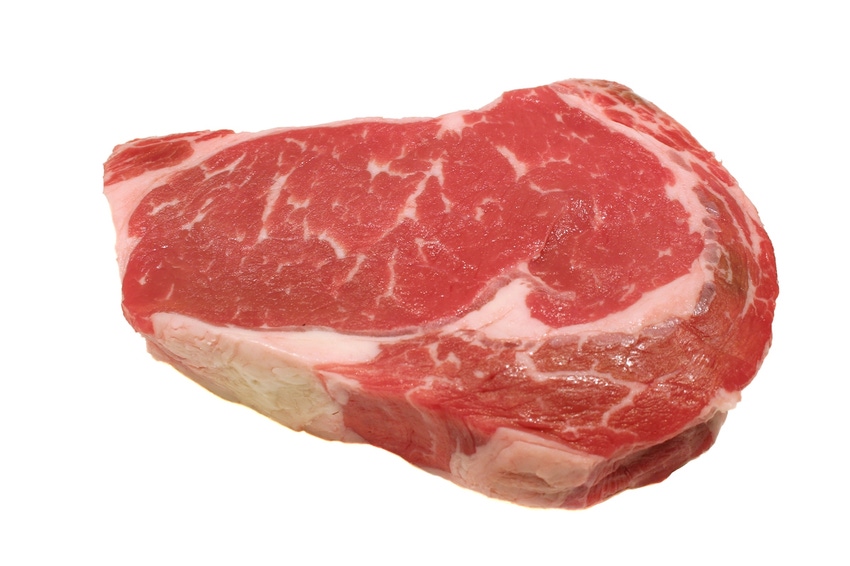All living things have hormones in them, and hormones make our bodies and plants work.
June 2, 2019

First and foremost, all living things have hormones in them. Hormones make our bodies and plants work.
Some hormones in plants are called phytoestrogens, much weaker than human-produced estrogen, and they help the plants grow, make flowers and seeds.
But that is all I am going to say about plants and estrogens. This blog is about animal hormones, most specifically about estrogens.
Hormones carry messages to other parts of the body defined as organs, telling them to increase, decrease or remain the same in the production of their hormones.
It’s called the endocrine system, including parts of the brain like the thalamus gland and the pituitary gland. It also includes organs that produce the hormones that act on body parts, such as the thyroid, adrenal and pancreas glands, testicles and, yes, ovaries.
I always thought steers were implanted with estrogen to make the meat well-marbled, but some of my feedlot friends say it is to help the steers convert feed into protein much more efficiently.
Either explanation works for me. I like my meat well marbled and sustainably raised.
But neither explanation will satisfy the grocery shopper looking for “raised without,” “no hormones added,” “no antibiotics ever,” “all natural” and “certified organic” labels. No nothing, nada, zip seems to be the desire of many without even having an inkling of the effect such animal husbandry has on our lives, pocketbooks and sustainability.
Of course, the poultry companies do the beef industry no favor when their U.S. Department of Agriculture/Food Safety & Inspection Service (FSIS) approved labels often state quite clearly: “raised without hormones” or “no hormones added” without adding that to use hormones in poultry would be illegal.
I publicly challenged one of the big three chicken companies as to why they utilize that misleading label. The answer was expected; “Because the other two do.”
When I was making a public presentation once, I tried to make the above point. A member of the audience actually rose and walked over to a microphone and asked: “If you don’t think they use hormones, how do you think those chickens have such large breasts?”
So, I am going to keep this argument for the use of estrogen implants simple, and hopefully educational, and one that you can use when you encounter a naysayer to estrogen implants.
To be totally honest, if you eat meat from an implanted steer you will intake 42% more estrogen than a steer not implanted with estrogen. No argument here. Give your discussant this point, but move on and do not give in.
If you eat an 8-oz. bone-in ribeye steak from an implanted steer, you will be digesting 5.1 nanograms of estrogen. This is according to Dr. Jude Capper, previously of Washington State University.
One birth control pill contains 35,000 nanograms of estrogen and millions of women take the birth control pill every day while looking for labels on meat that say “no hormones added.”
By the way, a nanogram is one-billionth of a gram; teeny, tiny amount.
For comparison, a pregnant woman is producing 19,600,000 nanograms of estrogen every day of her pregnancy; a non-pregnant adult female of child-bearing age is producing 513,000 nanograms per day.
A pre-pubescent child, boy or girl, is producing 41,000 nanograms of estrogen daily.
And an adult male, one who shaves daily and has pecs, produces 136,000 nanograms daily.
You see, the ovaries are not the only organs that manufacture estrogen. The testes create some that is critical to a successful reproductive life, and the adrenal glands also produce some estrogen in men.
Further, as men age and add fat cells, some testosterone is actually converted to estrogen by an enzyme contained in fat.
So, ask your challenger what effect a miniscule amount like an additional 5.1 nanograms in an 8 oz. steak will have on any of these examples of individuals in differing lifecycles.
I won’t even try and do the math to see how much beef one would have to eat to equal the daily production by our own body’s organs.
There most certainly would not be enough in my neighboring Five Rivers feed lot to compete with a pregnant woman’s production during her nine months of gestation.
I considered ending with the joke “How do you make a hormone?” but I assume everyone already knows the answer.
I considered ending with the joke “How do You Make a Hormone?” but I assume everyone already knows the answer.
Instead I will ask how many can tell the readers why I chose a bone-in rib eye as opposed to any other cut?
About the Author(s)
You May Also Like


.png?width=300&auto=webp&quality=80&disable=upscale)
